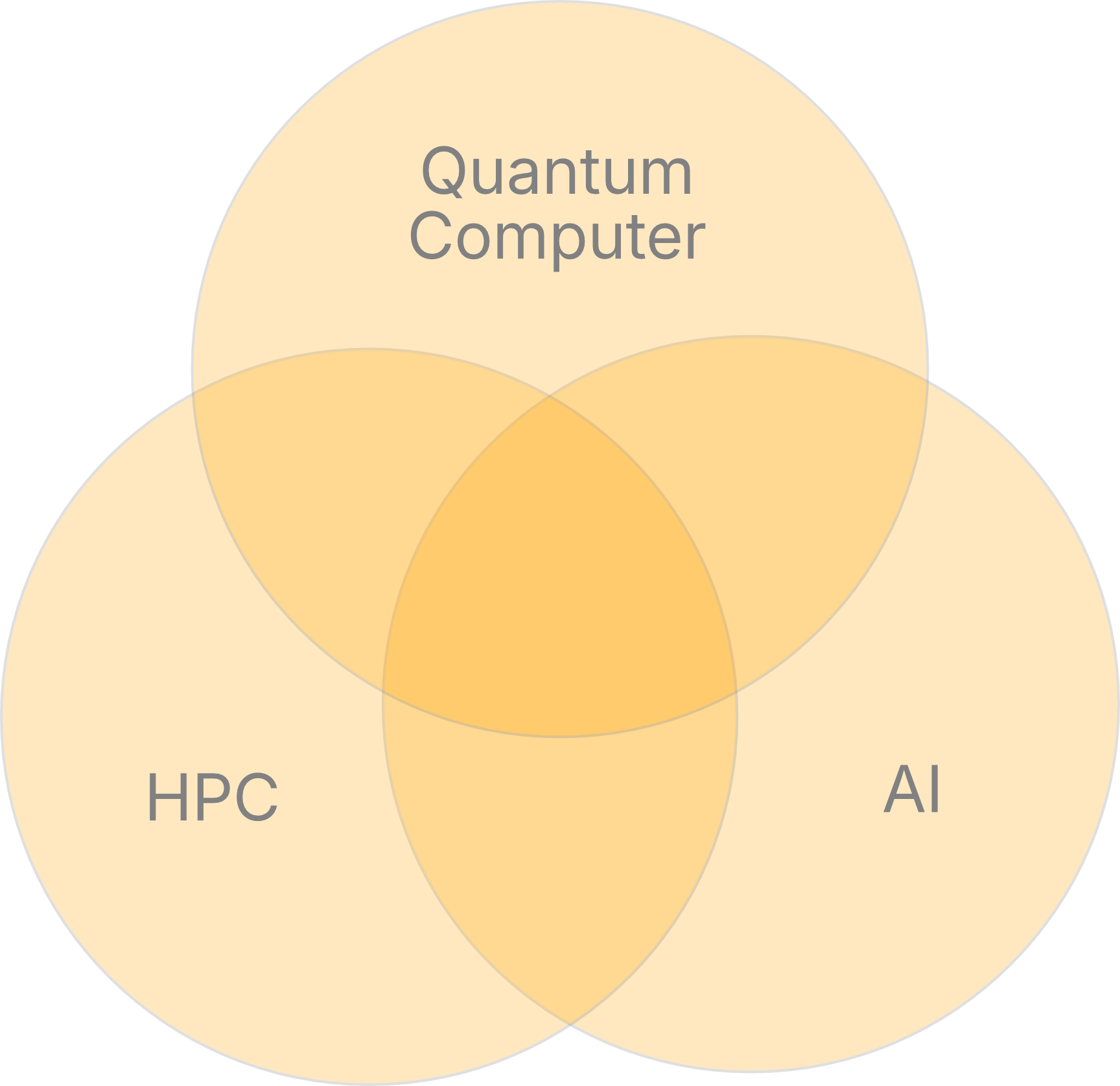Post-Quantum Cryptography
A subject relevant to every CEO and company board.
We live in an era of unprecedented technological change. Artificial intelligence (AI) is rapidly transforming our workplaces, integrated into ERP and IT/OT systems, and our personal lives, through increasingly sophisticated personal AI agents on our smartphones. But AI's influence extends far beyond these immediate applications. It's a key driver of advancements in science and technology, including a field with profound implications for cybersecurity: Quantum Computing (QC).
The core threat: Quantum computers, once sufficiently powerful, will be capable of breaking the encryption algorithms that currently protect virtually all digital communication and data storage. This isn't a theoretical problem; it's a known vulnerability, acknowledged for over two decades. Recent, rapid technological progress is shortening the timeline for when this threat is predicted to become a reality.

The interplay between High-Performance Computing (HPC), AI, and Quantum Computing is creating a powerful feedback loop, accelerating progress in all three fields. This has significant benefits, potentially revolutionizing areas like medicine and renewable energy. However, it also presents a critical cybersecurity threat.
This means that the security of your company's data, communications, and transactions – everything from financial records to intellectual property – is at risk. The "harvest now, decrypt later" attack is a particular concern: encrypted data intercepted during transmission through the internet today can be stored and decrypted once quantum computers become available.
Post-Quantum Cryptography (PQC) offers the technological solution to mitigate this risk. PQC utilizes new cryptographic algorithms that are resistant to attacks from both classical and quantum computers.
Risk management teams face a unique challenge: two parallel, multi-year timelines with inherent uncertainties. One is the development of fault-tolerant quantum computers capable of breaking existing encryption. The other is the complex, organization-wide migration to post-quantum cryptography, a process that must be completed without compromising ongoing operations or system performance.
Learn More